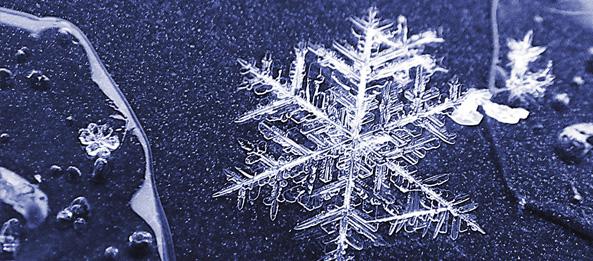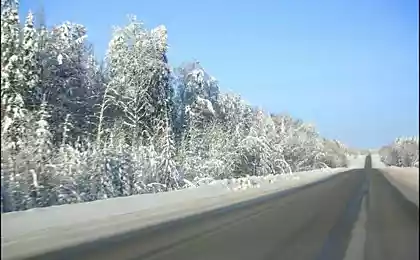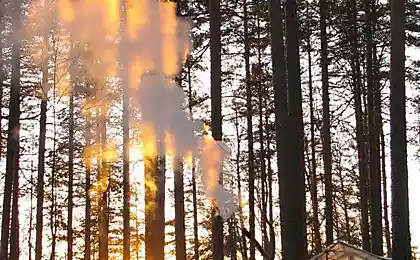1084
Snow

As you know, the snow does not stay up all over the globe, because nature has taken care of the temperature conditions in some countries. That is why more than half of the people that inhabit our planet, for their lives have not seen snow in living. Is that a photograph or visited in snowy countries.
Of all the snowfall across the globe, there is not one for repeating structure snowflakes!
Snowflakes 95% air. That is why they fall very slowly, at a speed of 0.9 km / h.
Why is snow white? Because snow has in its structure the air. Thus all rays of light is simply reflected from the ice crystal boundaries with the air and dispersed. But in the history there have been occasions when the snow fell another color. For example, in Switzerland in 1969 fell black snow, just at Christmas, and in 1955 at the California green snow fell. The saddest thing about this story is that the people, taste the snow, in the near term have died, and those who took green snow got into the hands of intense itching and rashes on the hands.
But the snow is not always such a snow-white. For example, in the Antarctic and the high mountains of snow occurs pink, purple, red and yellow-brown. This is facilitated by the creatures that live in the snow and are called - Chlamydomonas snow.
1 cm. Of snow cover, which carpets the winter of our Earth, gives full 25-35 cubic meters of water per 1 hectare. Perhaps people will soon come up with some adaptations to collect snow and use it in the future. Somewhere in the industry, or as process water for irrigation, flushing public toilets, etc. etc. Or learn how to separate the water and chemicals are in the snow.
When the snowflake falls into the water, it makes a high frequency sound that can not be detected by man but, according to scientists do not like fish population in the river.
Snow, in normal conditions, melts at a temperature of 0 degrees Celsius. However, a significant amount of snow can evaporate at temperatures below zero, bypassing the transformation into the liquid phase. This process occurs when the sun's rays fall on the snow.
In winter, snow reflects from the surface of the Earth up to 90% of sunlight, directing them back into space. Thereby preventing the Earth warm.
At temperatures below about -2-5 degrees Celsius when walking on snow can be heard creaking. And the cold weather, the more audible the creak. And there are two reasons: first sound in Lohmann snow crystals, and secondly when sliding crystals against each other under pressure, which is created by you.
In the entire history has witnessed the largest snowflake worldwide. During a snowfall in 1987 on January 28 in Fort Something (Montana, USA) found snowflake had a diameter of 38 cm. And this despite the fact that conventional snowflakes have an average diameter of 5 mm.























